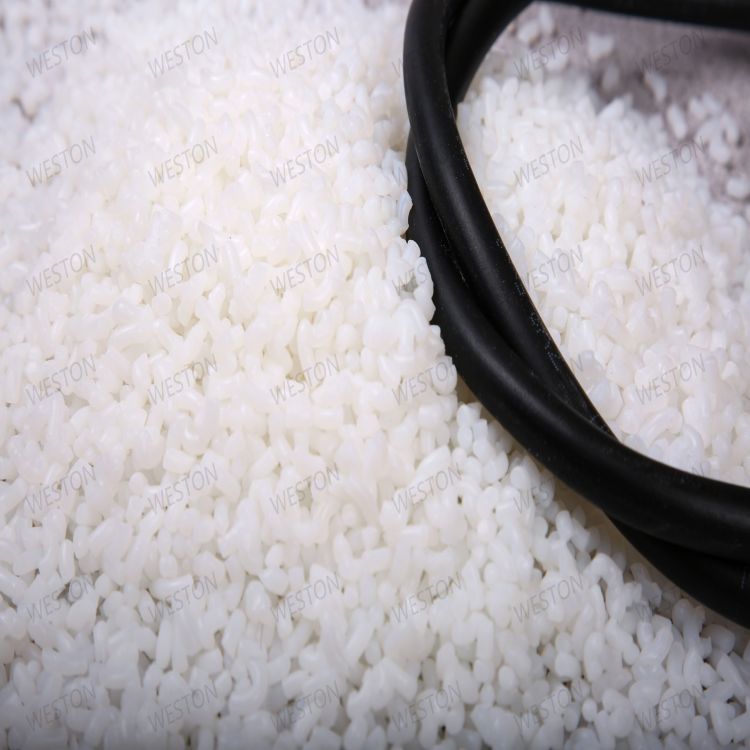-
Categories
-
Pharmaceutical Intermediates
-
Active Pharmaceutical Ingredients
-
Food Additives
- Industrial Coatings
- Agrochemicals
- Dyes and Pigments
- Surfactant
- Flavors and Fragrances
- Chemical Reagents
- Catalyst and Auxiliary
- Natural Products
- Inorganic Chemistry
-
Organic Chemistry
-
Biochemical Engineering
- Analytical Chemistry
- Cosmetic Ingredient
-
Pharmaceutical Intermediates
Promotion
ECHEMI Mall
Wholesale
Weekly Price
Exhibition
News
-
Trade Service
As the country continues to increase the management of highly toxic pesticides, in order to enable relevant production companies to better adapt to market demand after conversion, and to better guide farmers on the effectiveness of pesticide use, the pesticide authority of the Ministry of Agriculture recommends a Approved high-efficiency, low-toxic pesticide varieties used on fruit trees, vegetables, and tea.
These varieties cover the overall prevention and control of pests and diseases in agricultural production.
There are three categories of insecticide, acarid, and sterilization.
The choice is high-efficiency, low-toxicity, and environmental protection.
Direction
.
1.
Biological preparations and natural substances Bacillus thuringiensis, Spodoptera exigua nuclear polyhedrosis virus, Autographa californica nuclear polyhedrosis virus, Plutella xylostella granulosa virus, Auntie chachi nuclear polyhedrosis virus, Helicoverpa armigera nuclear polyhedrosis virus, Sophora Alkali , azadirachtin , nicotine, rotenone , celangulin, avermectin , spinosad, liuyangmycin, beauveria bassiana, pyrethrin, sulfur suspension
.
2.
Synthetic preparations of deltamethrin, cyfluthrin , cyhalothrin , cypermethrin, bifenthrin, fenvalerate, fenpropathrin , flumethrin, thiodicarb, aphiprocarb, isopropyl Carbamide , sulfacarb , phoxim , poisonous cicada, trichlorfon, dichlorvos, malathion , triazophos , thiophos , fenthion, profenofos , diazinon, imiphos, Diflubenzuron, chlorfluazuron, flufenuron, flufenoxuron, diflubenzuron, Bubuzizione, hydrazine, tebufenozide, pyridaben, tetrafenazine, fenpyroximate, triazolium, propargyl mites Patent, hexythiazox, fenbutatin oxide , chlordimeform , amitraz, monosultap, bisultap, cartap, emamectin, acetamiprid, imidacloprid amidine, cyromazine, fluoro fipronil, chlorfenapyr, diafenthiuron (wherein, the tea can not be used fenvalerate, fenpropathrin, acephate , buprofezin , pyridaben)
.
Inorganic fungicides: basic copper sulfate, king copper, copper hydroxide, cuprous oxide, lime sulfur mixture
.
Synthetic fungicide: Zinc, mancozeb, thiram, aluminum fosetin, carbendazim, thiophanate-methyl, thiabendazole, chlorothalonil, triadimefon, triadimenol, diniconazole, Tebuconazole, hexaconazole, myclobutanil, ethenylcarb·thiophanate, procymidone, iprodione, propamocarb, dimethomorph·manganese, cymoxanil·manganese, o-allyl Base phenol, pyrimethanil, flumorph, morpholinoguanidine hydrochloride, immezine, copper thiazide, prochloraz, prochloraz manganese salt, imazalil, aminooligosaccharin, metalaxyl manganese zinc, Imidazole, spring·king copper, oxazolidinone·manganese zinc, fatty acid copper, copper rosinate, azoxystrobin
.
3.
Biological agents Jinggangmycin, Nongkang 120, mushroom proteoglycan, kasugamycin, polyoxin, Ningnanmycin, Trichoderma, agricultural streptomycin
.
While recommending pesticide varieties to farmers, China has also introduced relevant measures to ease the pressure on pesticide companies to survive
.
The state will adopt relevant policies, such as setting up special funds for the development of alternative varieties of highly toxic pesticides, increasing taxes on highly toxic varieties, and reducing or exempting taxes on alternative varieties, which will be implemented through the coordination and cooperation of multiple administrative departments
Reducing and eliminating highly toxic pesticides is a major challenge for pesticide manufacturers
.
Many production companies are facing suspension and conversion, but at the same time it also brings new opportunities to China's pesticide industry
Related link: Pesticide ban and restriction management measures







